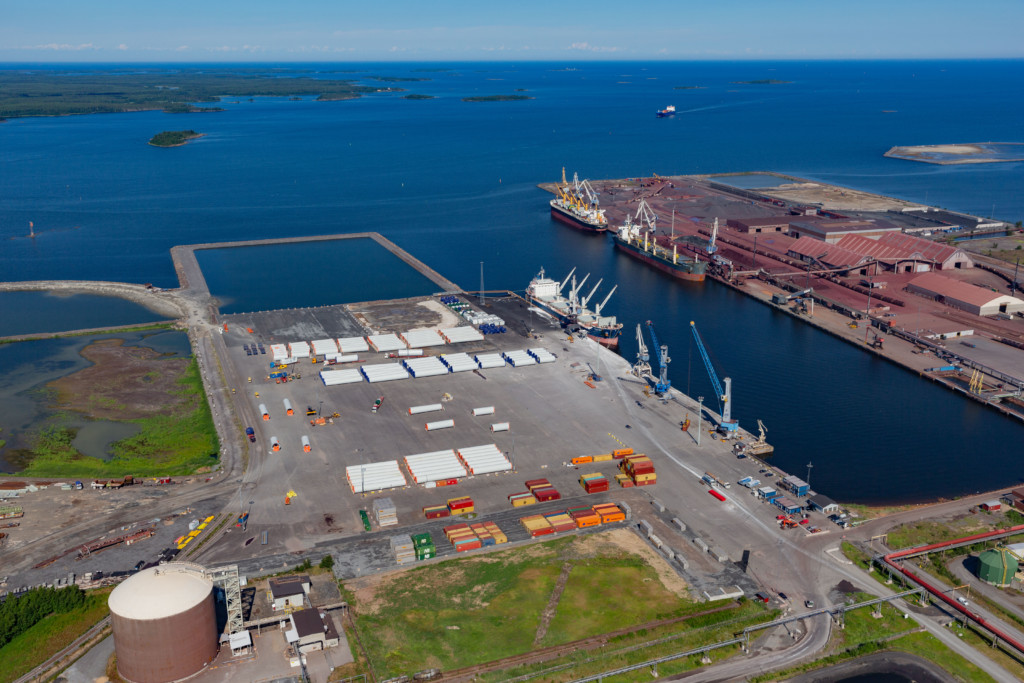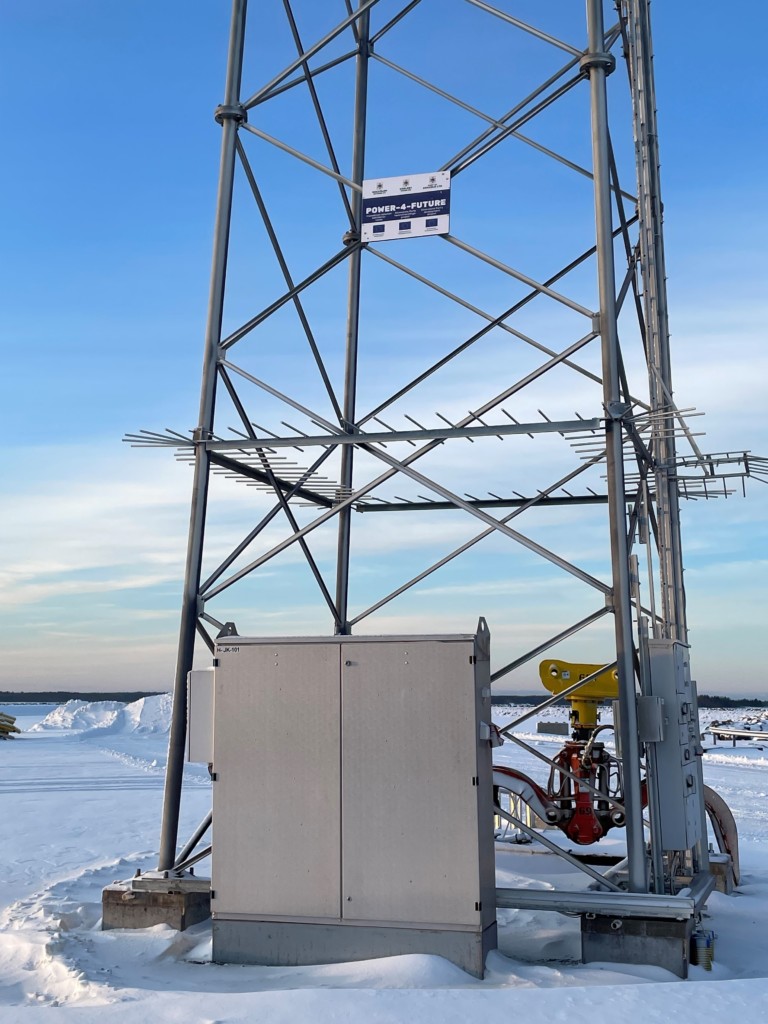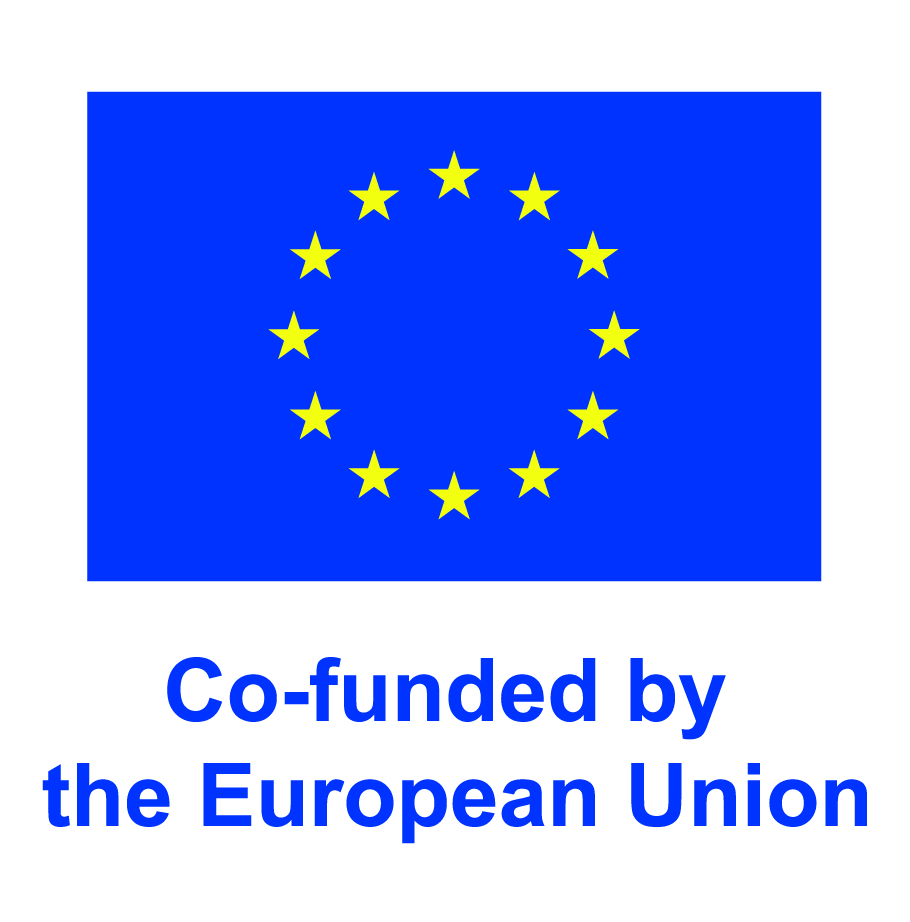EU funding in support of the development of diversified projects in the port of Kokkola
The 3 million euro investment support that was granted by the EU to Port of Kokkola in June this year, will strengthen the port of Kokkola’s continuing position as an important general port in Finland. Port of Kokkola will, within the framework of its Power-4-Future Project, invest a total of 10 million euros in the development of the Silverstone Port and the General Port.
– The EU funding is particularly important, because it enhances our ability to further develop the port of Kokkola as a general port to serve various goods traffic more extensively than before, from project and container transports to bulk traffic, say the Chief Financial Officer Vuokko Kalliokoski and Technical Manager Tapio Lampinen. The latter is also the project manager for the Power-4-Future Project.
The projects consists of three investment sectors; lengthening the Silverstone Port Quay, constructing new cargo fields in the Silverstone Port, and laying about 1.5 kilometers of additonal railway tracks. In addition, the project also includes the comlete planning finance, which will be used for the planning costs of refurbishing the shore quay of the General Port and the constructing a roro ramp.

The investments in the General Port are also considerable in euro terms. The total value of the investments will reach almost 20 million euros, of which the first phase is estimated to be 10-12 million euros.
Close to 4 hectares of new cargo fields
Part of the EU funding will be used retroactively for investments already made in the Silverstone Port.
– The lengthening of the quay is ready completed and the last asphalting work will be finished in the autumn. Part of the quay already has a draught of 14.2 m and the Silverstone Port has an option to connect the vessels to shore power. Shore power reduces the emissions of the vessels in the port as, when connected, the vessel’s auxuliary engines need not produce electricity. The emissions will also be reduced due to the electrical connections which will be installed in the autumn, thanks to which the Gottwald Crane will be powered by electricity instead of an combustion engine, says Tapio Lampinen. Almost 4 hectares of new cargo fields will be constructed in the Silverstone Port. Part of the area is already or is about to be covered by asphalt, and part is being filled. The enlargement of the harbour field is a huge circular economy project. In accordance with the environmental permit, surplus soil from building sites in the City of Kokkola, as well as stones, asphalt, cement and brick fractions, and ash from the power station of Kokkola Voima, are used, among other materials.
– The final areas will be completed in 2024, after which there will be a total of about 15 hectares of cargo fields in the Silverstone Port. This will allow us ,for example, to receive and store sea wind power plant components, says Tapio Lampinen.
New railway tracks and related safety devices are being constructed, as well as laying additional tracks in continuation and in parallel to the existing tracks. Thanks to the construction of new tracks we will be able to increase the storage capacity, and more cargo can be stored and transported into covered warehousing, which effectively reduces dust pollution.
”Port of Kokkola is an operator with substantial economic power”
The EU funding was directed to Port of Kokkola through the Connecting Europe Facility, CEF Programme. The CEF Programme supports traffic projects within the TEN-T Network and the funding was granted for projects in both the Core and the Comprehensive networks.
– The consultancy firm Wega greatly helped us in the funding process, for example, in drafting the application. EU identified many strengths in our application, such as the clear and complete processes needed for the tendering procedures. Port of Kokkola was also considered an operator with substantial economic power, and additionally, the Power-4-Future Project was considered to further EU:s headline targets, such as the TEN-T objectives, says Vuokko Kalliokoski.
Part of the EU funding will be paid right away and the rest in two installments, of which the last one is in 2026, based on approved costs.

